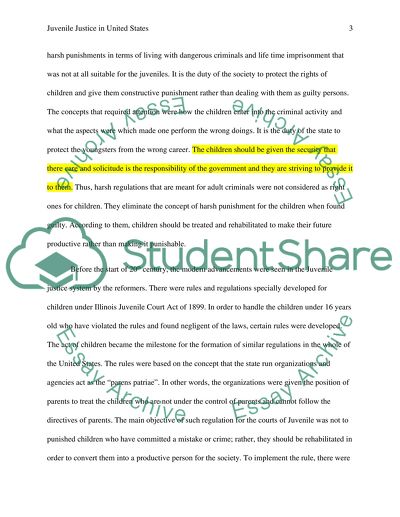Cite this document
(“Juvenile Justice in the United States Research Paper”, n.d.)
Juvenile Justice in the United States Research Paper. Retrieved from https://studentshare.org/psychology/1462510-juvenile-justice-in-the-united-states
Juvenile Justice in the United States Research Paper. Retrieved from https://studentshare.org/psychology/1462510-juvenile-justice-in-the-united-states
(Juvenile Justice in the United States Research Paper)
Juvenile Justice in the United States Research Paper. https://studentshare.org/psychology/1462510-juvenile-justice-in-the-united-states.
Juvenile Justice in the United States Research Paper. https://studentshare.org/psychology/1462510-juvenile-justice-in-the-united-states.
“Juvenile Justice in the United States Research Paper”, n.d. https://studentshare.org/psychology/1462510-juvenile-justice-in-the-united-states.


